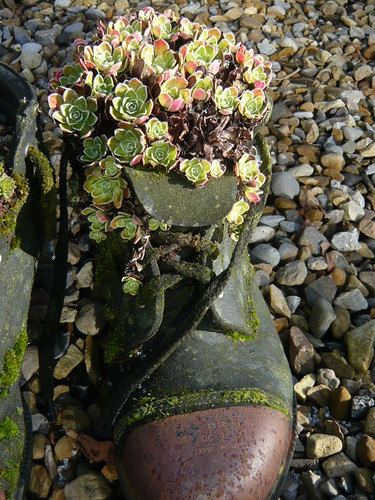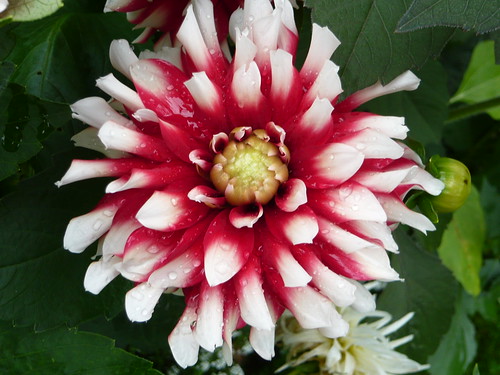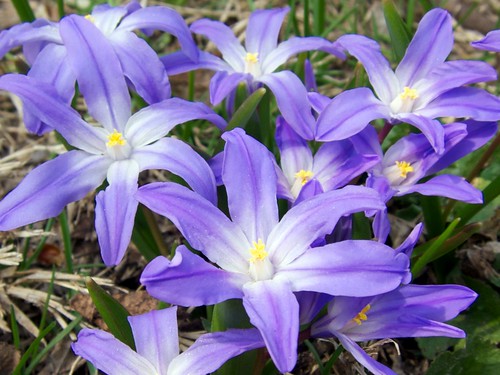Top Tips for Growing in Pots
 Don’t judge the results by the crop you harvest but by the seeds you sow
Don’t judge the results by the crop you harvest but by the seeds you sow
Ten Tips for Growing in Pots and Containers
- Terracotta is a sympathetic choice for containers in your garden. They are also porous and let in air and allow plant roots to cool through evaporation.
- Try several pots of the same size and or shape in a group (I like ‘long tom’ pots). Planted with Agrostis Cloud grass will create a real impact.
- Exotics like Banana plants look shapely and they can be moved, pot and all into shelter or wrapped for winter protection.
- Keep a sense of balance between the needs of your container plants. They need water, food and light but not an excess of any one feature. The pot is a micro environment that needs regular care such as watering / drainage, fertilizer and shelter.
- Trailing plants will benefit from a bit of training in the right direction. Pinch out rampant plants and those you want to branch. Pick off faded flowers.
- Constant watering can wash out nutrients so give a weekly liquid feed.
- Mix plants of different colours, textures, habits and heights. Variegated plants and scented plants often work well.
- Locate the pot carefully as the aesthetic of the base and pot combination can be important. A gravel or coloured chipping base can be very effective.
- Do not be too conventional with the container. In addition to the old gardeners boot (above) I have seen a wheel barrow planted with courgettes and fire buckets (with holes) used for displays. Use your artistic skills like many container on the top of barges that are brightly painted.
- Choose appropriate plants. Below is a second top ten of plants you may want to try in pots.
Top Ten Plants for Outdoor Pots
- Clematis cartmanii ‘Joe’ is a white, spring flowering trailer that can be tied to an upright. Try it with blue Crocus or Muscari.

